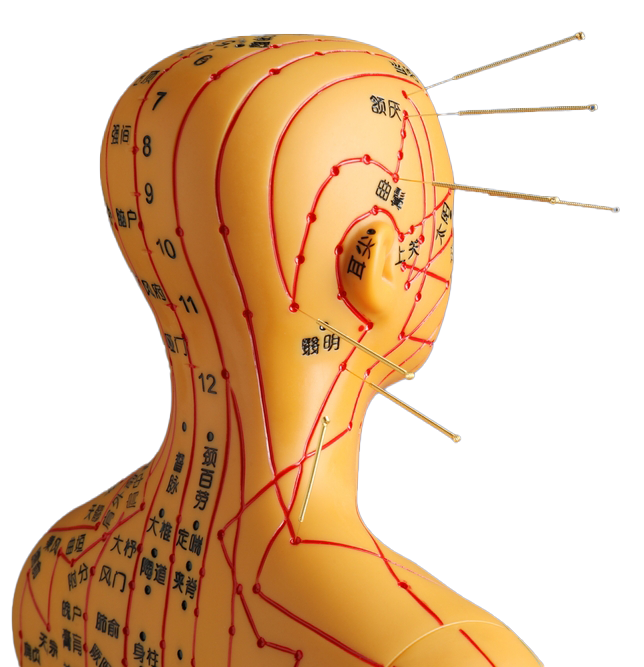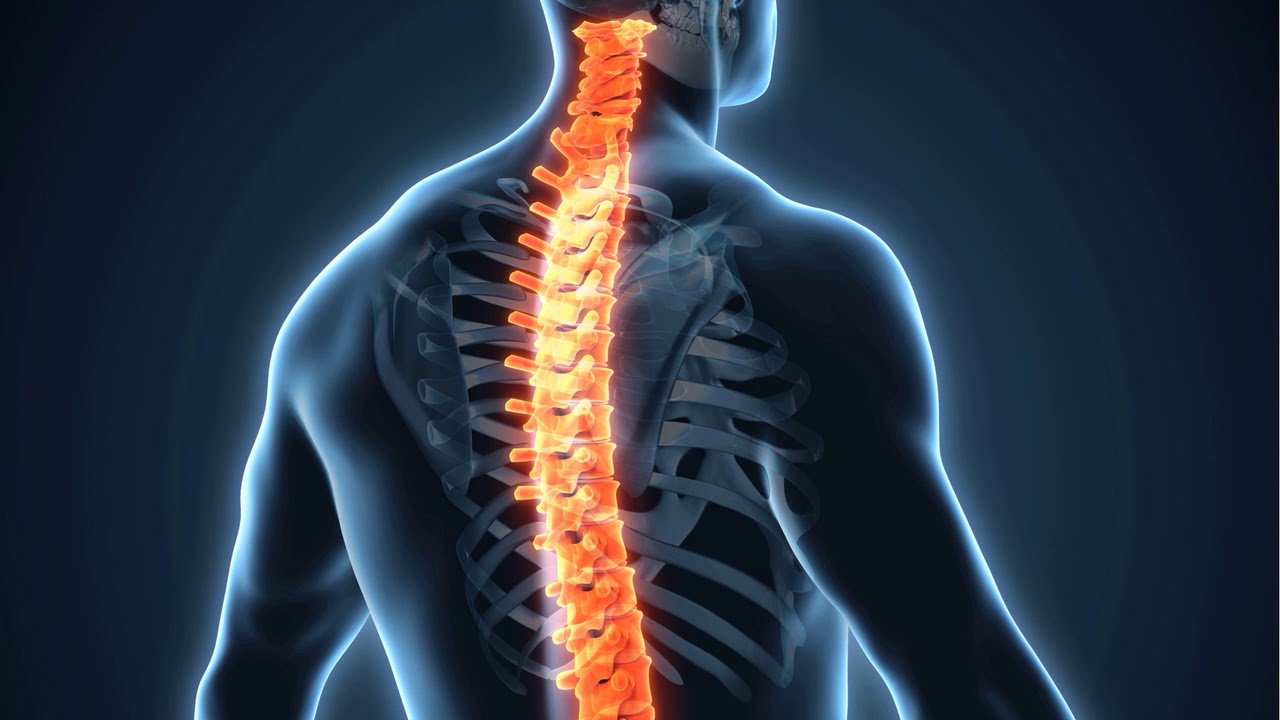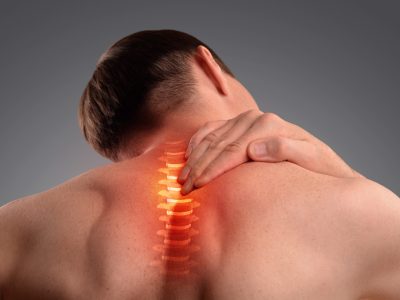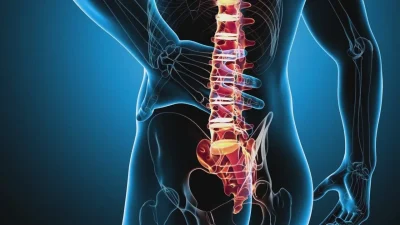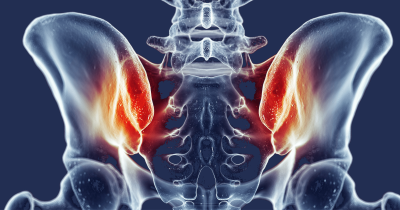- Facet joint Radiofrequency Thermocoagulation (RFT) Treatment
- Radiofrequency Thermocoagulation Dorsal root ganglion (DRG) radiofrequency thermocoagulation (RFT)
- Discitis Procedure
- Sacroiliac Joint Radiofrequency Treatment (Simplicity)
- In-Disc Ozone Therapy
- Nucleoplasty
- Transforaminal Injection (Pinpoint)
- Facet joint block
- Epidural Injection
Radiofrequency Thermocoagulation Dorsal root ganglion (DRG) radiofrequency thermocoagulation (RFT)
- Home
- Low Back Pain Treatments
- Radiofrequency Thermocoagulation Dorsal root ganglion (DRG) radiofrequency thermocoagulation (RFT)
Contents
Toggle- Creating an individualised treatment plan
- The role of different specialities (physiotherapist, orthopaedist, psychologist, neurosurgeon)
- Pain treatment during pregnancy
- Treatment of chronic pain in the elderly
- Pain management in children
- Stress management
- Healthy eating
- Ergonomic living arrangements
- Exercise and mobility
- Facet joint Radiofrequency Thermocoagulation (RFT) Treatment
- Radiofrequency Thermocoagulation Dorsal root ganglion (DRG) radiofrequency thermocoagulation (RFT)
- Discitis Procedure
- Sacroiliac Joint Radiofrequency Treatment (Simplicity)
- In-Disc Ozone Therapy
- Nucleoplasty
- Transforaminal Injection (Pinpoint)
- Facet joint block
- Epidural Injection
- Cancer pain
- Permanent Epidural / Spinal Port Application
- Vascular Port (Permanent Vascular Access)
- Trigeminal Nerve RFT
- Blockade of Ganglion Stellatum
- Lumbar Sympathetic Ablation
- Facet joint Radiofrequency Thermocoagulation (RFT) Treatment
- Radiofrequency Thermocoagulation Dorsal root ganglion (DRG) radiofrequency thermocoagulation (RFT)
- Hernia Burning (IDET)
- Discitis Procedure
- Sacroiliac Joint Radiofrequency Treatment (Simplicity)
- Permanent Epidural / Spinal Port - Pump System
- In-Disc Ozone Therapy
- Nucleoplasty
- Peripheral Nerve Block
- Transforaminal Injection (Pinpoint)
- Facet joint block
- Epidural Injection
- Intra-articular Fluid Treatment
- Dorsal root ganglion (DRG) radiofrequency thermocoagulation (RFT)
- Spinal cord stimulation (pain pacemaker)
- Ergonomic living arrangements
- Spinal cord stimulation (pain pacemaker)
- Nucleoplasty
- Radiofrequency ablation
- Herbal solutions
- Dry needle treatment
- Anti-ageing treatments
- Ozone therapy
- Cupping therapy - Cupping
- Mesotherapy
- Prolotherapy
- Acupuncture
- Stem Cell Therapy
- Nerve blockages
- Corticosteroid injections
- Massage and relaxation techniques
- Manual therapy
- Electrotherapy
- Neuropathic pain medications
- Anti-inflammatory drugs
- Muscle relaxants
- Painkillers (paracetamol, ibuprofen, etc.)
Dorsal Root Ganglion (DRG) Radiofrequency Thermocoagulation (RFT)is a minimally invasive procedure to manage chronic pain. The dorsal root ganglion (DRG) is a nerve node where sensory nerves originating from the spinal cord come together. In this procedure, the pain transmission function of the nerves is blocked or modulated using radiofrequency energy. DKG RFT is considered an effective treatment option, especially in patients who do not benefit from other pain management methods.
Dorsal root ganglion (DRG) and its function
- DKG: It is a nerve node located on the nerve roots just outside the spinal cord. This structure functions as a centre that transmits sensory signals from the environment to the brain.
- Pain Transmission: DCG plays an important role in chronic pain. Modulating the sensory transmission function of nerves may be an effective strategy to manage pain.
What is DKG RFT?
Radiofrequency thermocoagulation (RFT) is the process of applying radiofrequency energy to the nerve fibres in the DCG to temporarily or permanently stop the pain transmission function of these nerves. With this method, pain signals are blocked or modulated before they reach the brain.
In which cases is it used?
- Chronic Nerve Pains:
- Pain related to the nerve root in cases such as sciatica, herniated disc.
- Complex Regional Pain Syndrome (CRPS):
- Chronic and severe pain, especially in the legs or arms.
- Postherpetic Neuralgia
- Nerve pain after shingles infection.
- Neuropathic Pain:
- Chronic pain due to nerve damage.
- Traumatic Nerve Injuries:
- Pain conditions due to injury to the nerve roots arising from the spinal cord.
- Postoperative Pain:
- Persistent pain after surgical interventions.
How is the Procedure Performed?
1. Preparation:
- The patient undergoes a detailed evaluation before the procedure. The source of pain is detected by imaging methods such as MRI or CT.
- The procedure is usually performed under local anaesthesia, but mild sedation can be applied if necessary.
2. Patient Position:
- The patient is placed prone and the spine area is sterilised.
3. Targeting with Imaging Assistance:
- Fluoroscopy (X-ray guidance) or ultrasound is used to identify the segment of the spinal cord where the DKG is located.
4. Needle Placement:
- A thin needle is guided towards the dorsal root ganglion. A low-level electrical stimulation may be used to confirm that the needle is in the correct position (the patient reports a reduction in pain or a slight change in sensation).
5. Radiofrequency Energy Application:
- By applying radiofrequency energy to the nerve, the target nerve is heated (usually 60-90°C). This affects the nerve's ability to transmit pain signals.
- Alternatively pulsed radiofrequency (PRF) This method uses a lower temperature (around 42°C) and modulates pain signals without permanent damage to the nerves.
6. Completion:
- The procedure usually takes 30-60 minutes. The needle is removed and the area is sterilised.
Advantages
- Targeted Pain Management: Specific nerve nodes that are the source of the pain are directly targeted.
- Minimally Invasive It is applied without the need for surgical intervention.
- Long Term Effect: When applied correctly, it can provide pain control between 6 months and 2 years.
- Fast Recovery: Most patients can return to normal activities within a few days.
- Repeatable: If the effect decreases, the procedure can be repeated if necessary.
Who is it suitable for?
- Patients who do not benefit sufficiently from other treatment methods (medication, physiotherapy, epidural injection).
- Individuals whose quality of daily life is severely affected by chronic pain.
- Patients who are not suitable for surgical treatment or who do not prefer surgery.
Risks and Side Effects
DKG RFT is usually a safe procedure, but rarely the following risks may be seen:
- Temporary pain or numbness: Mild pain or numbness for a few days after the procedure.
- Infection: Risk of infection at the site of needle insertion.
- Haemorrhage Especially in patients taking blood thinners.
- Nerve Damage In very rare cases, permanent damage to the target nerve tissues can occur.
- Success Rate: In some cases, the pain does not go away completely or recurs.
Post Procedure Care
- Rest It is recommended to rest for 1-2 days after the procedure.
- Light Exercise: Light exercises that do not increase the pain can be useful.
- Doctor's Check-up: If the pain does not subside or signs of infection appear, consult a doctor.
- Physiotherapy Post-procedural physiotherapy may be recommended to support pain management and spinal stability.
Treatment Effectiveness
- Doğru hasta seçimi yapıldığında, DKG RFT’nin başarı oranı %70-90 arasında değişebilir.
- The effect of the procedure usually lasts between 6 months and 2 years.
- If pain reappears, the procedure can be repeated if necessary.
Conclusion
DKG Radiofrequency Thermocoagulation (RFT), is an effective and safe method in the treatment of chronic pain. Its minimally invasive nature allows pain control without the need for surgery and improves the quality of life of patients. The correct evaluation before the application and the procedure performed by a specialised team increase the success of the treatment. This method offers a strong alternative in cases where other treatment methods do not yield results.
Our treatments
- Home
- Low Back Pain Treatments
- Radiofrequency Thermocoagulation Dorsal root ganglion (DRG) radiofrequency thermocoagulation (RFT)
